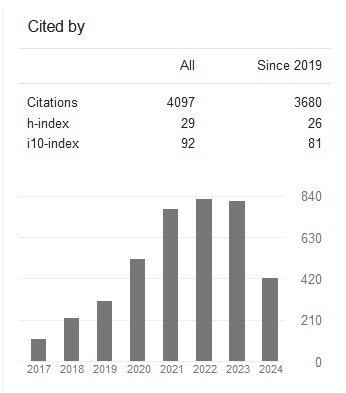Statistical Modeling and Optimization of Biodiesel Production from Azadirachta Indica (Neem) Using Co-Solvent Technique( Vol-4,Issue-3,March - March 2018 ) |
|
Author(s): Nnodim C. J., Nwakaudu M. S., Kamen F. L., Nwakaudu A. A., Ikhazuangbe P.M.O., Haruna I. |
|
Keywords: |
|
|
Biodiesel, Co-solvent, Modeling, Optimization, Transesterification. |
|
Abstract: |
|
|
In this work, statistical modeling and optimization of biodiesel production from Azadirachta Indica(neem) using co-solvent technique via a two-step transesterification process was carried out. Neem oil was extracted from neem seeds and properties such as moisture content, specific gravity, acid value, saponification value and iodine value were determined. The experimental design used was Central Composite Design. The range of factor levels used for the Central Composite Design were reaction temperature (30°C to 46°C), catalyst amount (0.8% to 1.2%, w/w), reaction time (20 to 40min) and methanol-to-oil molar ratio (5:1 to 9:1). The co-solvents used were methanol and diethyl ether. The co-solvent-to-methanol volume ratio for all the experimental runs was kept constant at 1:1. Also the biodiesel produced was characterized for some important properties including acid value, specific gravity, saponification value, iodine value, cetane number, ester value, kinematic viscosity, flash point, pour point and cloud point. Optimized biodiesel yield of 84.77% was obtained for reaction time of 35 min, catalyst amount of 1.10g, reaction temperature of 34°C, and oil-to-methanol molar ratio of 6:1. The cetane number (51.733), specific gravity (0.8881g/cm3), flash point (134oC) and kinematic viscosity (5.86mm2/s) of the produced biodiesel met the ASTM specifications. The results of characterization of the biodiesel revealed that biodiesel can be produced at lower reaction conditions and with comparable fuel property with biodiesel produced using conventional methods. |
|
Cite This Article: |
|
| Show All (MLA | APA | Chicago | Harvard | IEEE | Bibtex) | |
Share: |
|

 DOI:
DOI: 



























